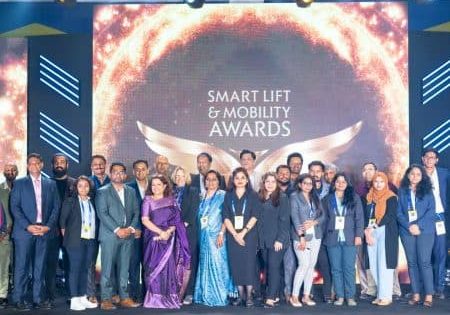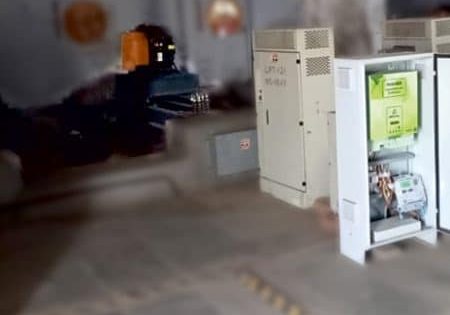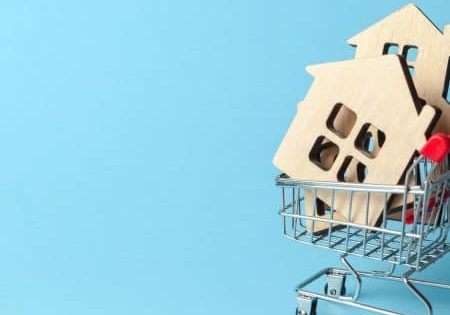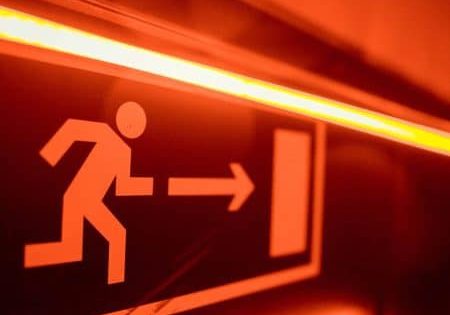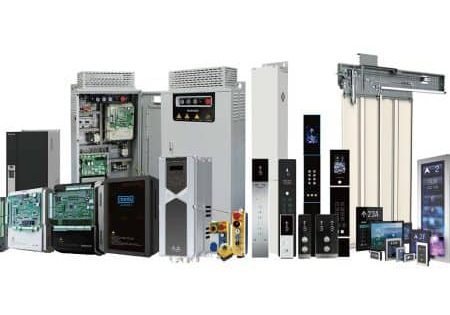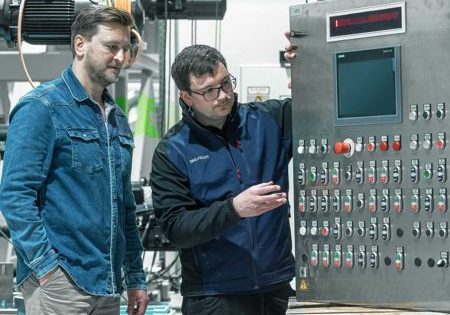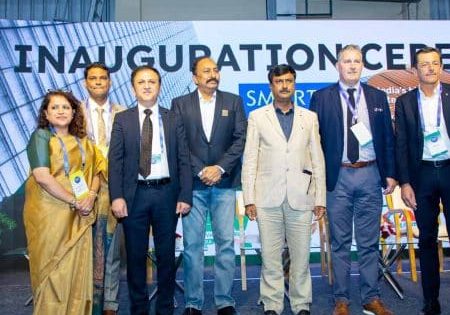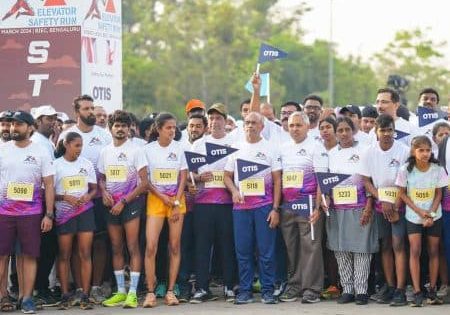Event imparts knowledge and enhances interactivity of VT industry with related stakeholders.
The first edition of the ELEVATOR WORLD India Summit hosted industry leaders, innovators and experts from across India to explore the latest advancements, trends and solutions shaping the future of vertical mobility. Designed to bring forward the points of view of leaders from buyer segments (real estate developers and architects), as well as the vertical-transportation (VT) industry, it served as an interactive knowledge-sharing platform. A series of panel discussions, presentations, training sessions and audience interactions were key highlights of the Summit, establishing the event as a focused information hub for the elevator industry in India and its stakeholders.
The first edition of the EW India Summit 2024 was held concurrently with the Smart Lift & Mobility World Expo 2024 on March 1-3 at the Bangalore International Exhibition Centre (BIEC), Bengaluru. The Summit was conceptualized as a platform for knowledge and learning to complement the B2B nature of the Expo. The series of panel discussions brought expert insights, industry trends, potential business ideas, technological know-how, marketing innovations and, most importantly, community building to a diverse group of delegates.
The panel discussions comprised the Summit’s agenda for the first two days, while the third day was dedicated to training sessions for college students. The Summit also provided a platform for thought leaders to present ideas through standalone presentations. The three-day event was a powerhouse of ideas that flagged off the EW India Summit 2024 as a game-changer in the vertical-mobility sector. Read on to discover key takeaways from each panel.
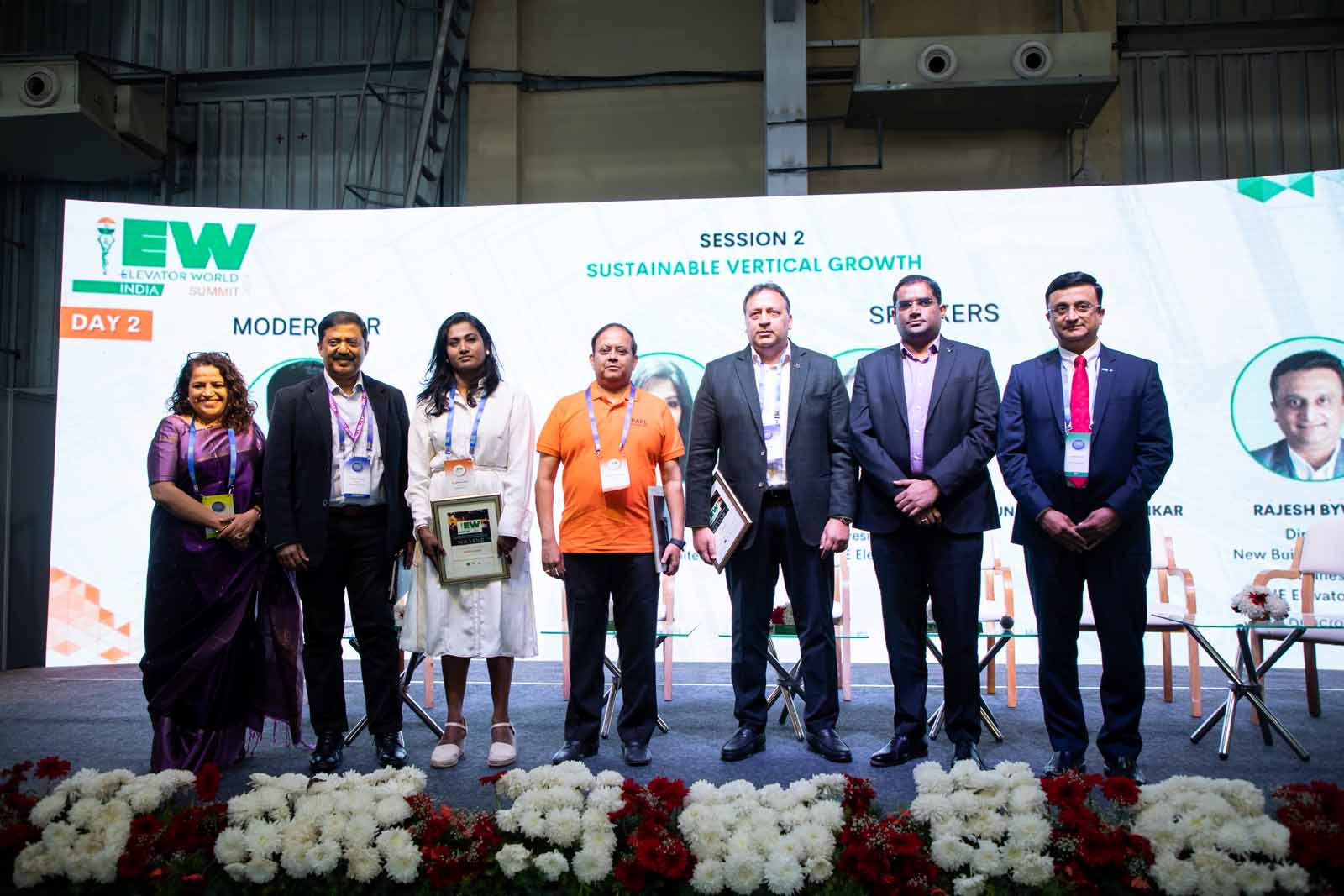
Panel 1: Challenges for the Real Estate Industry in Adapting New VT Technologies
Moderators
- Krishna Kumar Ravi, president and CEO, PAPL Corp.
- V Jagadish Kumar, director and principal consultant, L’Avenir Elevator Consultancy
Panelists
- Jatin Shah, managing director (MD) (Technical Advisory Service), Colliers International
- R. Balakrishnan, Vice President (VP) and Head MEP Design, L&T
- Amit Gossain, chairman, IEEMA and MD, KONE Elevators India
- Dr. Sujit Kumar, chief architect and MD, klimArt
Key Takeaways
- The Indian economy is thriving, resulting in a boom in real estate. The government’s focus on affordable housing is boosting the real estate sector.
- The rise of real estate is directly proportionate to the growth of the elevator and escalator industry.
- Technology is becoming increasingly important for this sector, especially for safety, people flow management and lift traffic analysis.
- Tech solutions such as Internet of Things (IoT)-based services are increasingly being adopted.
- Managing product quality, timely installation and safety are some of the key challenges.
- It is important for real estate developers to look at elevators as an avenue for innovation and focus on providing users with a memorable experience.
- Vertical-mobility solutions are no longer a luxury; they are a necessity.
- Architects should also consider optimizing elevators while designing residential spaces, especially high rises.
Panel 2: Design Neutrality
Moderator
- Krishna Kumar Ravi, president and CEO PAPL Corp.
Panelists
- Kavi Jain, owner, Nirman Consultants
- Sriraam V S, associate VP – Development Management, RMZ Corp.
- Uma Maheswari, head of Design, Cornerstone Properties
Key Takeaways
- Accessibility is a key factor in elevators and horizontal mobility systems.
- Architects prefer having a choice among vendors for elevator design, and that is a challenge.
- Design neutrality is important, but it can only come with regulations.
- Safety is not to be compromised, as it is completely non-negotiable.
- Design neutrality helps avoid bias.
- A few important factors for vendor compatibility include customization, pricing and meeting timelines.
- Buildings last for decades, but mechanical components like elevators require replacing after a few years. In such cases, predictive design to accommodate future elevator requirements should be considered.
- Occupancy patterns need to be studied to create more viable solutions.
- Building designs, vis-à-vis elevators, should be more inclusive toward people of all ages and capabilities and toward animals, too.
- While most designers work within the premise of vertical mobility, there is scope to explore angular movement, too.
- Standardization of design is key.
- VT is all about the user’s experience of traveling from point A to point B, and it should be a completely seamless one.
Presentation 1: Sustainable stainless-steel solutions with elevated surface finishes for higher aesthetics and longer service life
Presenter: Purushothama Reddy, director — Business Development, Outokumpu India
Key Takeaways
- How stainless-steel companies like Outokumpu India are driving circular economy
- Circle Green Classic is emission-minimized, sustainable steel, with a carbon footprint that’s 92% lower than the global average.
- Different finishes of stainless steel help create different experiences.
Presentation 2: Future trends in building mobility and people flow management
Presenter: Bhadresh Shivashankar, general manager and head Of MEP, Sattva Group
Key Takeaways
- AI analyzes real-time information, minimizes wait time and maximizes efficiency.
- A smart elevator shares dynamic information like the current position, direction, state and door status. Motion sensor and live elevator monitoring are key features of a smart elevator.
- AI algorithms can predict future problems, thereby allowing for preventive maintenance.
- Safety measures in the lift are also based on AI and IoT, allowing for quick response during crisis.
- Sustainability features of a smart lift include audio and braille controls for differently abled people, group control to reduce elevator energy use and waiting time and material use (low embodied carbon).

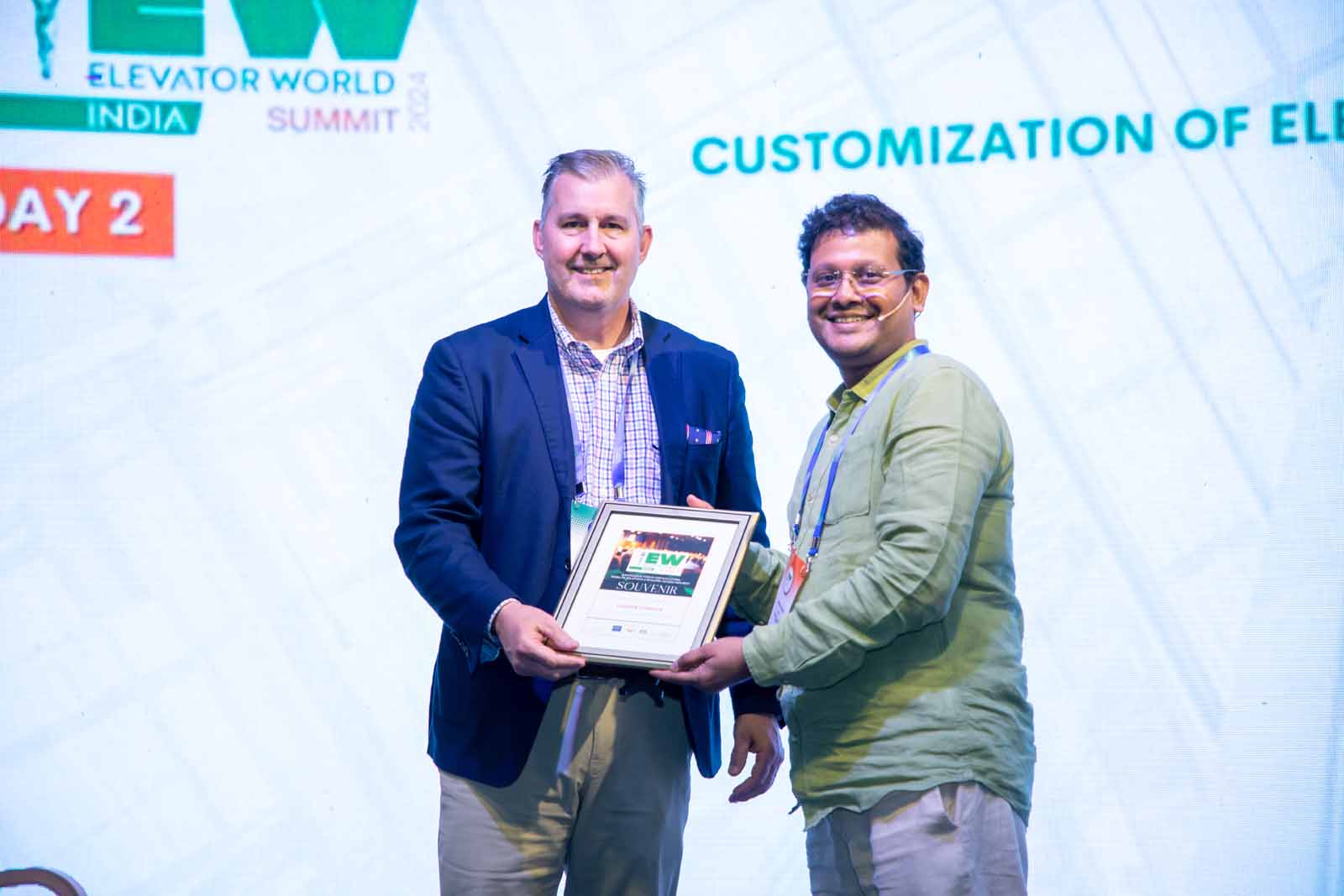
Panel 3: Sustainable Vertical Growth
Moderator
- V Jagadish Kumar — director and principal consultant — L’Avenir Elevator Consultancy
Panelists
- Spoorti Kabbur, owner, Kabbur Architects
- Manish Sikka, president, ECE Elevators – Birla Group
- Sundararajan Shankar, MD, PAPL Corp.
- Rajesh Bywar, director — New Building Solutions, KONE India
- Kalyan Chakrawarthy K, associate VP, Phoenix Group
Key Takeaways
- The real estate industry in India is valued at US$200 billion and is soon likely to reach US$1 trillion. Rampant growth is definitely expected.
- Managing safety and sustainability with the rampant growth is going to be a challenge.
- Whatever is not safe is not sustainable.
- Other important factors are quality, diversity, equity and inclusion as well as digitalization, ease of usage and privacy.
- India is expecting the new standard ISO 17 900 wherein safety paradigms will be redefined.
- We are today living in the age of ultra high-rise buildings, which makes sustainability a burning issue.
- Cost effectiveness of mobility solutions, which is an important consideration, will become more viable and progressive if machines are manufactured in India.
- Sustainable development needs to be inculcated as a holistic development.
- Lift manufacturers need to consider the difference in development in urban areas and semi-urban and rural areas.
- Indian developers are still looking at international markets for ultra high rises.
- While talking about sustainability and eco-consciousness, it is important for all stakeholders to get involved and join the conversation.
- Sustainability of mobility solutions relies a lot on machine maintenance by certified technicians.
Presentation 3: Legal aspects for India entry and establishment of business
Presenter: Niyatha Srinivasa, advocate and Of counsel, CJM
Key Takeaways
Different ways of investing in India include:
- Facilitating technical or financial collaborations between Indian companies and the parent or overseas group company.
- Acting as a representative of the foreign company in India and serving as a buying/selling agent within the country.
- Offering IT services and participating in software development activities in India.
- Providing technical support for products supplied by the parent/group companies.
- Both branch and liaison offices are not permitted to set up manufacturing units.
- Panel 4: Making Buildings More Accessible and Inclusive With Technology
Moderator
- Uday Kulkarni, director, Utopias
Panelists
- Juuhi Rajput, founder, Alliance for Inclusion and Accessibility
- Architect Indrajit Kembhavi, founder, Kembhavi Architecture Foundation
- Dr. Paresh M Kariya, director West, PAPL Corp.
- M V T Sathish Kumar, general manager — Planning and Development, My Home Constructions
- Venkatesh R, director, Magnetic FAAC India
Key Takeaways
- Accessibility is a serious challenge in our country. It is affecting both human and vehicular transportation.
- Although we have technology at our disposal, we are still struggling with the sustainability of modern solutions.
- It is important to gather and assimilate information from different points.
- Technologies such as AI, machine learning and digital twinning will play a crucial role in mobility solutions going forward.
- It is important to sensitize different stakeholders on the issue of accessibility in the built environment and to encourage them to create more inclusive solutions.
- Architects can come up with design specifications that cater to the needs of people with disabilities.
- Cost of new technologies and reliability and accuracy of data are some of the challenges that the industry is facing.
Presentation 4: Customization of elevators to improve aesthetics and create grandeur
Presenter: Sudheer Atmakur, founder, Co-Ordinates Architecture + Interior Design
Key Takeaways
- If aesthetics is made a part of lifts, the industry will grow exponentially. To achieve this, it is important to integrate architects into the process.
- Due to the technical and mechanical aspects, aesthetics often takes a backseat.
- Architecture means connecting spaces with people, and mobility solutions are an inseparable part of this creative process.
- Although aesthetic is subjective, it is universal.
- Certain elements such as art and artefacts are important in enhancing the aesthetic appeal of a lift.
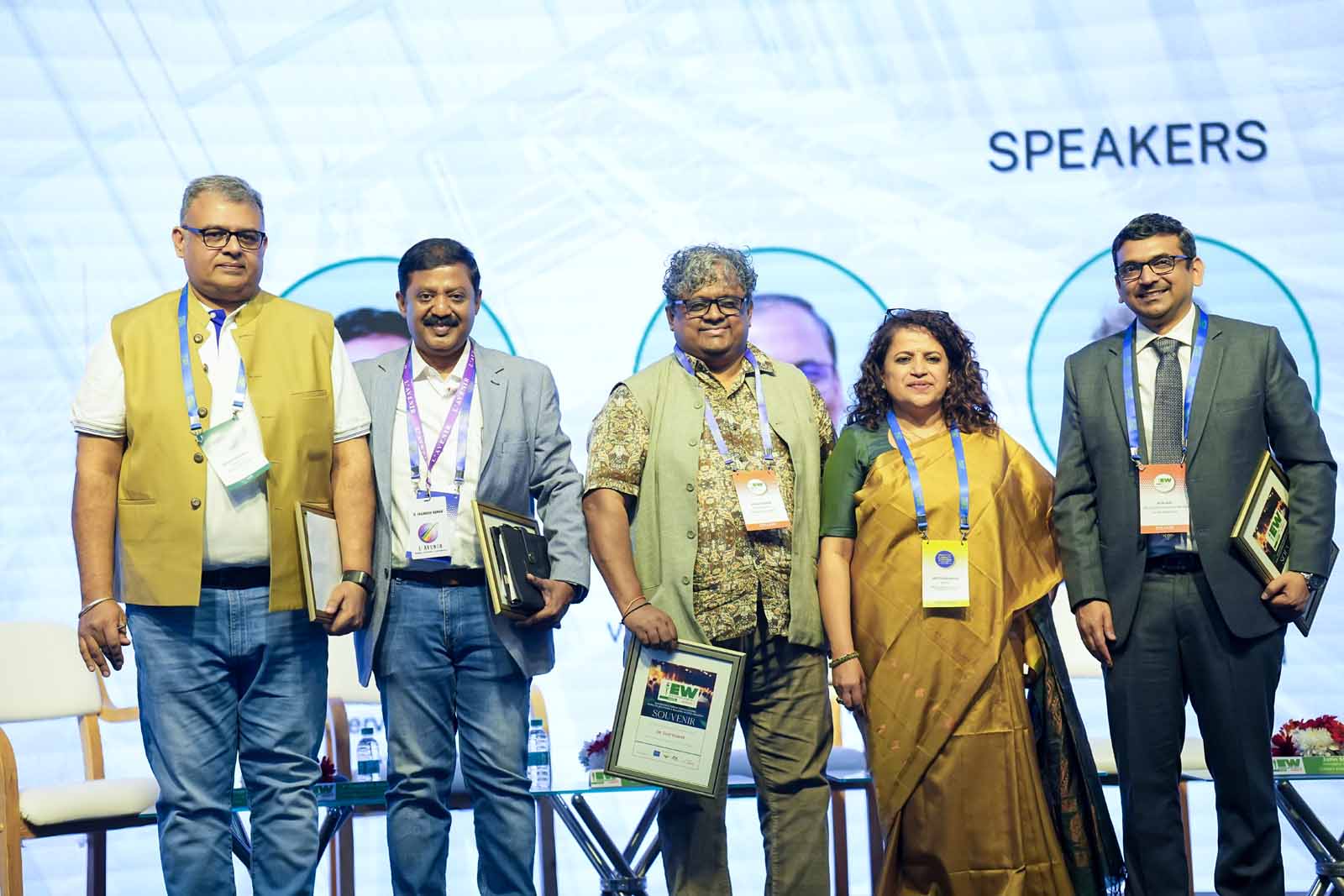
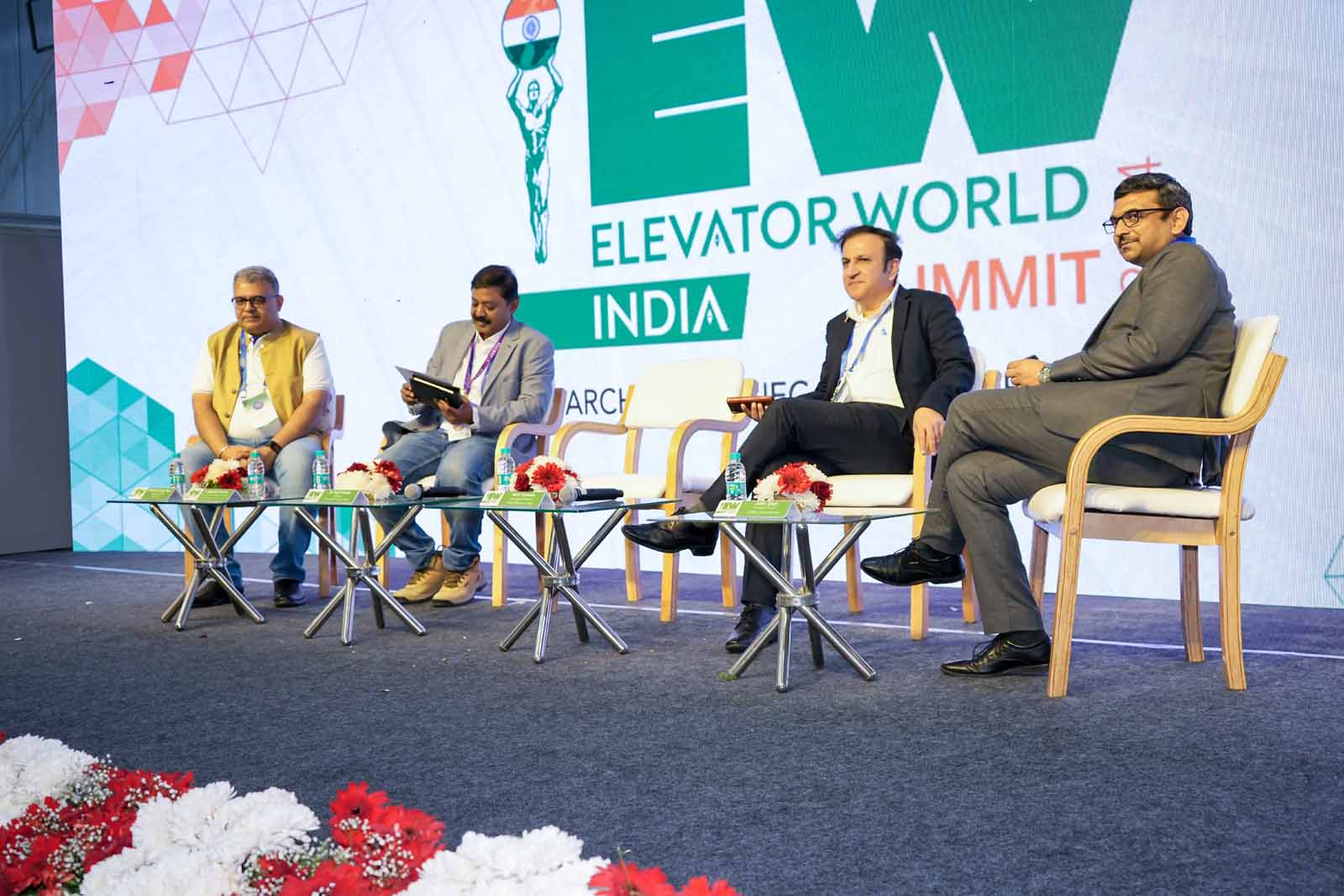
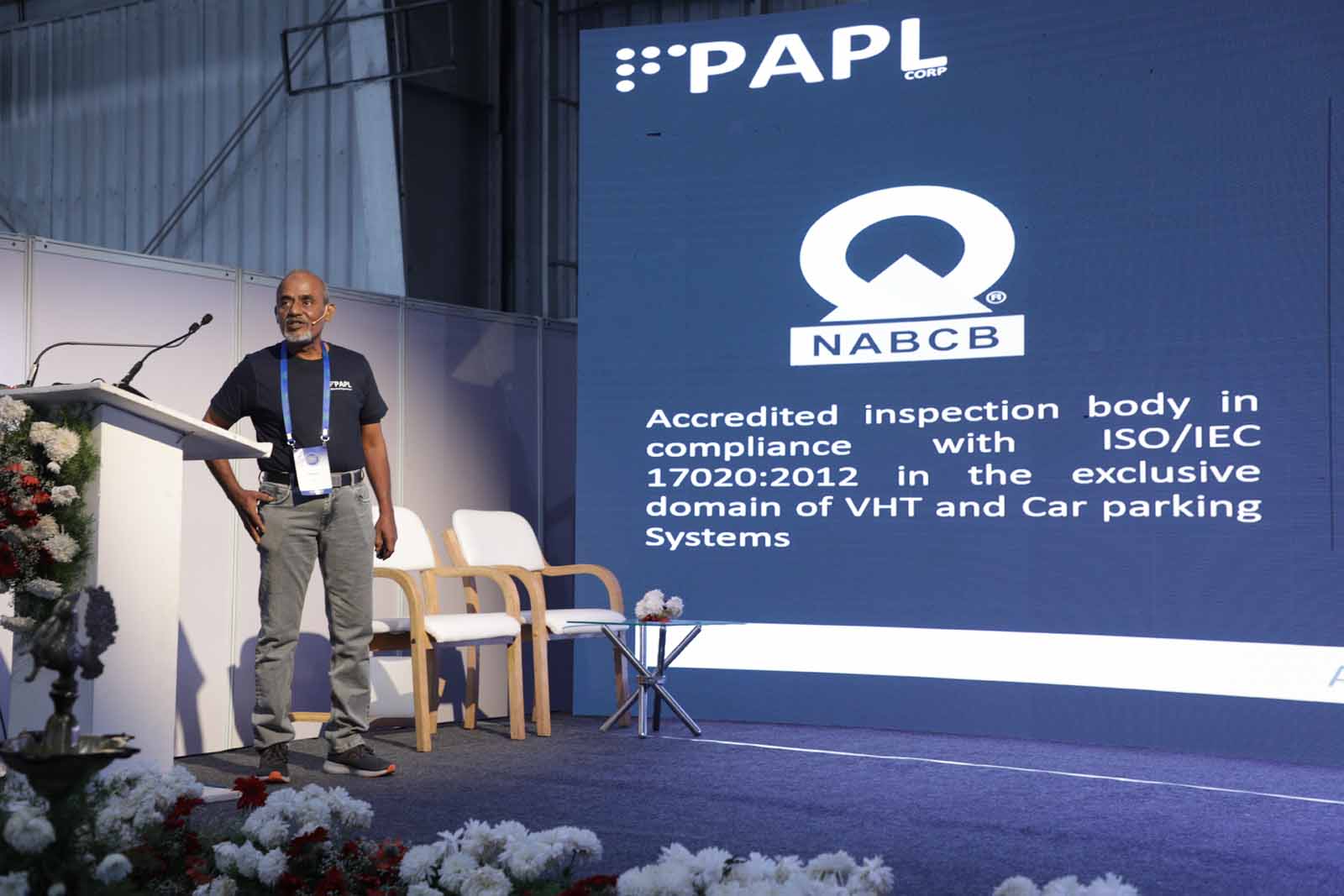
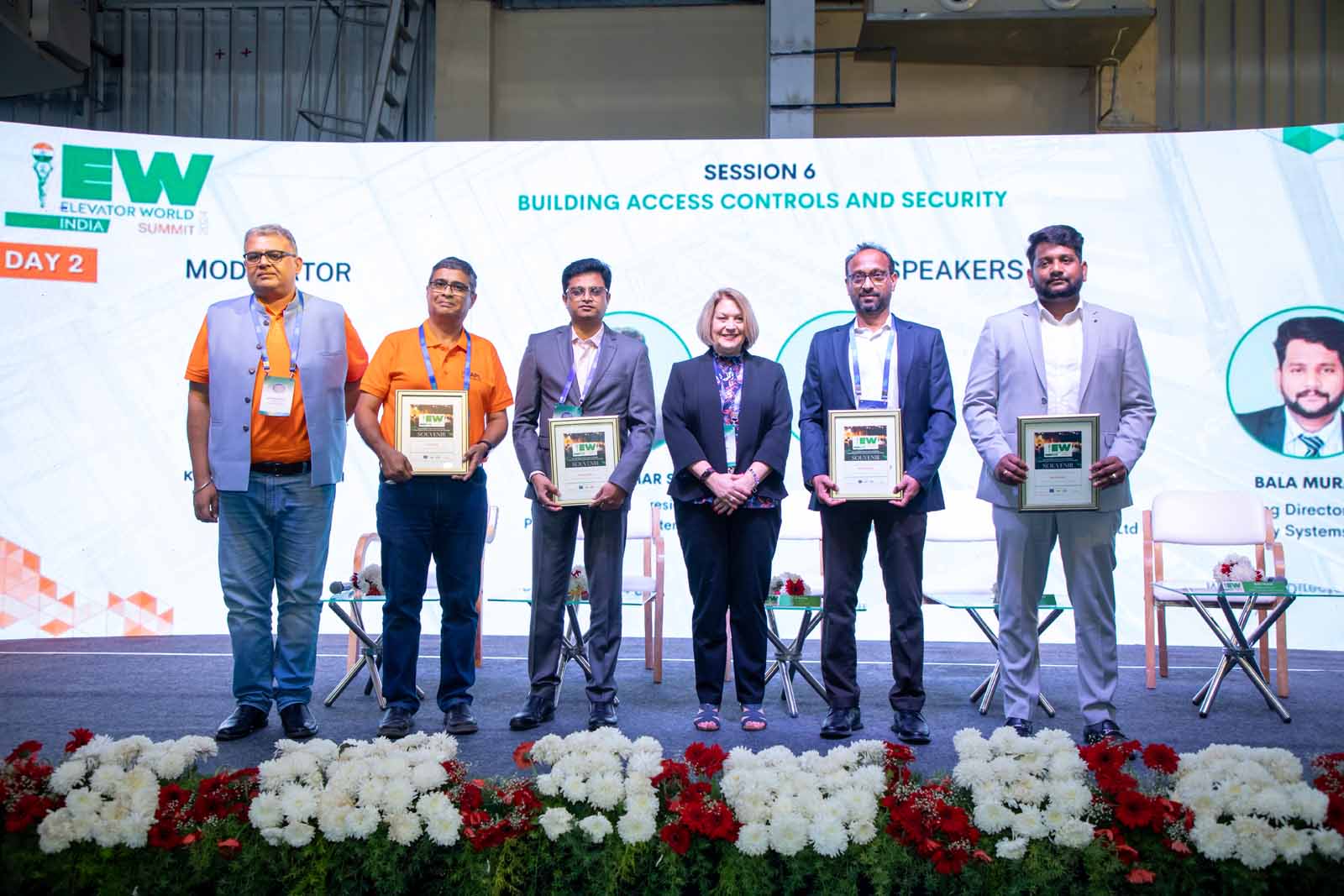
Panel 5: Building Access Controls and Security
Moderator
- Krishna Kumar Ravi, president and CEO, PAPL Corp.
Panelists
- Ravikumar S, assistant VP Projects (Airport System), BIAL
- Ashok C R, director, Ardelisys Technologies
- Praveen Rao, AGM Sales, Geze India
- Balamurali, Kalaimani, MD, Magtech Security Systems
Key Takeaways
- Safety and security are two critical pillars of any facility, irrespective of its size or purpose.
- A strategy that ensures a futuristic approach based on anticipated threats is the need of the hour.
- Access control systems and building security are being increasingly valued due to various factors such as technological advancements, heightened security concerns and regulatory obligations.
- The integration of access control technologies with IoT and smart building systems allows for enhanced security, operational efficiency and remote-monitoring capabilities.
- Understanding human movement patterns and optimizing spatial layout, queue management and traffic flow can enhance efficiency, security and user experience.
- Integrating facial recognition technology with access and security systems can significantly enhance people flow in buildings.
- Integrating access and security systems with VT poses challenges such as compatibility issues between disparate technologies, ensuring seamless communication and synchronization and maintaining robust cybersecurity measures to prevent unauthorized access or tampering.
- Coordinating between system vendors and addressing privacy concerns are also critical aspects requiring attention for successful integration.
Day 3 was dedicated to training sessions for students. It included:
- Lift inspector training with certification by Amanullah Md. Haneef, GM Quest, PAPL Corp.
- Fundamentals of elevators — training for fourth-year college students (architecture/engineering) — by V Jagadish Kumar, director and principal consultant, L’Avenir Elevator Consultancy
With the rise in infrastructure projects and a boom in the real estate sector and ultra high-rise buildings, the challenges and opportunities in ensuring safety, efficiency and inclusivity remain paramount. By embracing innovative solutions, collaboration and stakeholder engagement, the vertical- and horizontal-mobility industry can pave the way for a more seamless, secure and sustainable built environment. The EW India Summit 2024, held alongside the Smart Lift and Mobility World Expo 2024, presented the industry with a valuable platform for exchange of ideas and knowledge. As industry leaders, innovators and experts took center stage, the Summit will continue this momentum and guide the industry toward a sustainable future.
Get more of Elevator World. Sign up for our free e-newsletter.



